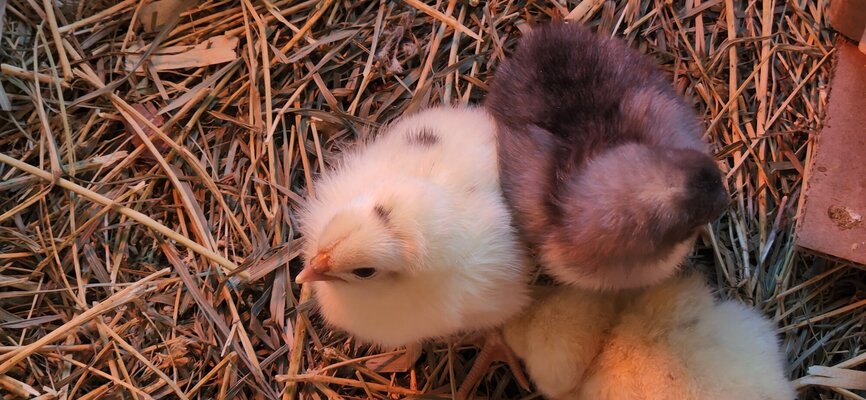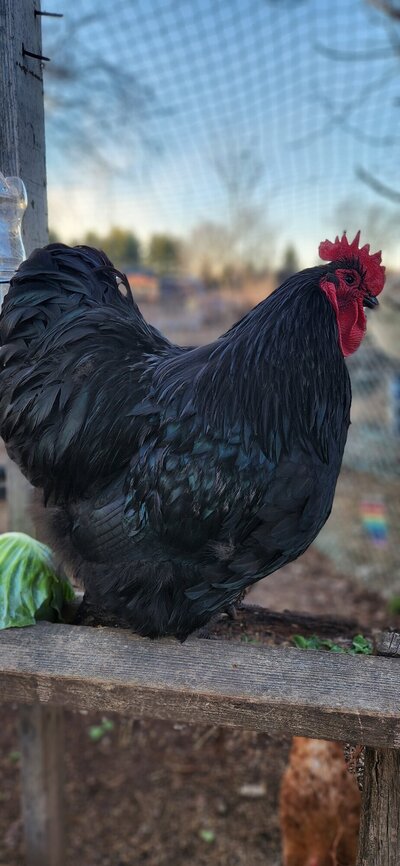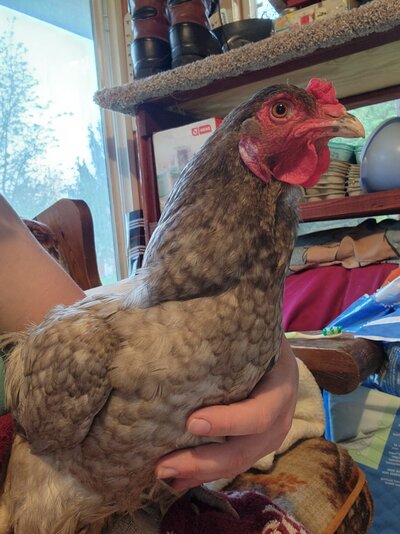Porpie Pie
Songster
- May 5, 2021
- 198
- 266
- 126
I can't wait to see what these chicks turn into. I've got 3 yellow ones. 1 came from what I was told was a blue orpington hen and was either fertilized by a black orpie roo or my old english bantam. The other 2 where brown eggs so either red sex link hens, buff orpie hen or my jersey giant hen. The bigger they get the more spots they get. 















